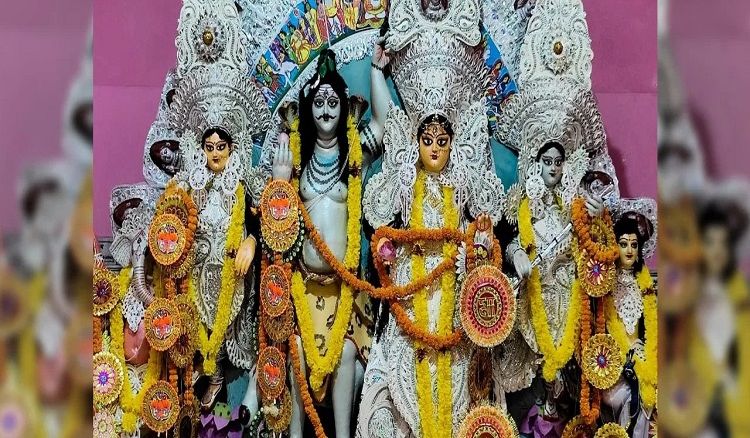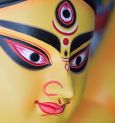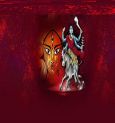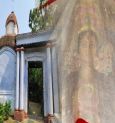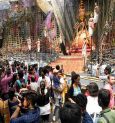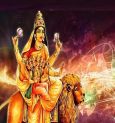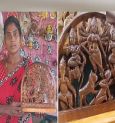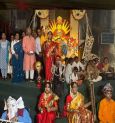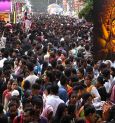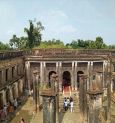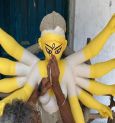In the quaint village of Satinandi, far from the bustling streets of Bardhhaman, a timeless tradition of Durga Puja continues to captivate the hearts of devotees. Join us on a journey to uncover the centuries-old legacy of the 'Nag Paribar' and their unique customs.
In this village, the Nag family venerates Goddess Durga in the form of 'Haragauri.' Unlike the conventional depiction with ten arms, here she appears as the 'Mahishasurmardini,' the slayer of the buffalo demon, with only two arms, one bearing the 'Varada Mudra' (blessing gesture) and the other a lotus.
Right by her side, Lord Shiva, the presiding deity, takes his place, seated on the back of his divine bull Nandi. Accompanying them are their four children: Lakshmi, Saraswati, Kartik, and Ganesh. It's noteworthy that in this abode, Devi 'Uma' is portrayed with a visage that resonates with the affectionate face of a Bengali woman.
The roots of the Nag family's Durga Puja trace back to the time of Chandragupta, and they possess an invaluable treasure, a gold coin dating from that era. According to local folklore, if a devotee sincerely conveys their desires to the goddess during the puja, she never disappoints.
For the people of Bardhaman, it's a journey of approximately 18 kilometres to reach Satinandi village, where 'Haragauri' is adored as Goddess Durga. In this village, you won't find the conventional ten-armed depiction of the goddess; instead, she stands as the vanquisher of demons, portrayed with two arms.
The unique feature of Nag Paribar's Durga Puja is that their doors are open to all during the entire puja. Everyone, including common folk, is welcome at the Nag family's doorstep throughout the festivities.
In the past, the Nag family was known for their trade in spices and stone carving, fostering close ties with nobility since the Mughal era. Many renowned families in the region used to participate in this Haragauri puja.
One exceptional element of this puja is the ancient ritual of worshipping a significant golden coin that belonged to Chandragupta. The puja commences with the consecration of this coin and concludes with it, tying the threads of tradition across generations.
The Nag family celebrates Durga Puja in the traditional way, spanning six days from Sashthi to Dashami. During this time, they focus on the rituals, and there is no provision for offering food to the deity. This unique tradition has been followed diligently since the beginning of the puja.
Aritro Nag, a member of the Nag family, shared that their puja follows a unique tradition devoid of the customary animal sacrifices. The initiation of their puja and the conclusion, on Dashami, are performed using the ancient golden coin.
The Nag Paribar's Haragauri Puja represents not just tradition but also a bond with the roots of Bengal. Even though the grandeur of the Bane di Bari has faded away, the essence of the Puja continues to resonate with people's hearts.
Nag Paribar's Haragauri Puja is more than a celebration; it's a testament to the enduring spirit of tradition, unity, and the unwavering faith of devotees who come from far and wide to witness this unique Durga Puja in Satinandi village. In the quiet corners of Bardhhaman, the legacy of the 'Nag Paribar' thrives, enchanting the souls of those who seek the blessings of Goddess Durga.
 বাংলায় পড়ুন
বাংলায় পড়ুন


